From pv magazine International.
Researchers at the department of civil engineering of the Indian Institute of Technology have reviewed around 300 studies concerned with carcinogenic waste in PV panels published between 2000 and 2018.
In the study Initial metal contents and leaching rate constants of metals leached from end-of-life solar photovoltaic waste: An integrative literature review and analysis, published on the ScienceDirect website, the scientists say not enough attention has been paid to the leaching of metals from PV modules dumped in landfills. The team stated only 2.39% of 85 studies chosen for content analysis considered the issue.
The researchers scrutinized literature about the metal contents of commercially available crystalline silicon, CIGS and CdTE thin-film products and amorphous silicon modules. Their study excluded the contents of frame and mounting materials, encapsulants, back sheets, junction boxes, copper wires, EVA and glass.
The breakdown
In crystalline silicon technology, aluminum and silicon contribute the major share in terms of weight, followed by copper, iron and zinc. “Maximum concentration of metal-of-concern lead was observed to be 4.02 mg/PV panel, or 0.689% in a typical crystalline Si-PV [module]” wrote the research team.
Lead in PV
For CIGS thin-film devices, aluminum, copper and selenium were the most abundant materials while gallium – which is said to have apoptotic (cell-fatal) and carcinogenic properties if present in compound form – was found to make up 2.4% of the metal composition, with indium having a 13.14% share.
In CdtE modules, copper, tellurium and cadmium had the largest concentration of metals. “Cd [cadmium] and Cu [copper] have been shown to be highly toxic for aquatic organisms,” states the study. “Cd metalloid is a known carcinogen that has a stringent maximum contaminant level (MCL) of 0.003 mg/l in drinking water.”
EU example
In amorphous PV modules, aluminum (20.80%), iron (3.32%), silicon (1.45%) and copper (0.502%) were identified as the metals with the largest initial concentration. “However, there have been [fewer] studies for a-PV [amorphous PV] as their market shares have been observed to decline in previous years,” the study noted.
The research team calculated 0.001-19.84% of dumped module weight was made up of cadmium, with lead supplying 0.0001-5.02%, and said the wide degree of variation in both figures indicated the need for further study.
The authors of the paper cited the waste electrical and electronic equipment directive introduced by the European Union as an example other countries should follow to define new policies for the management of PV waste. Otherwise, stated the researchers, the lack of economic value in recycling such products at present is likely to see significant volumes dumped in landfill.
Threat to health
The presence of hazardous heavy metals such as the cadmium, tellurium, indium and gallium used in thin-film products would represent a significant threat to health and the environment if not disposed of correctly, added the paper.
The lack of a comprehensive dataset for initial metal concentrations and of leaching studies under landfill conditions represented further gaps in knowledge which need to be addressed, according to the researchers.
This content is protected by copyright and may not be reused. If you want to cooperate with us and would like to reuse some of our content, please contact: editors@pv-magazine.com.
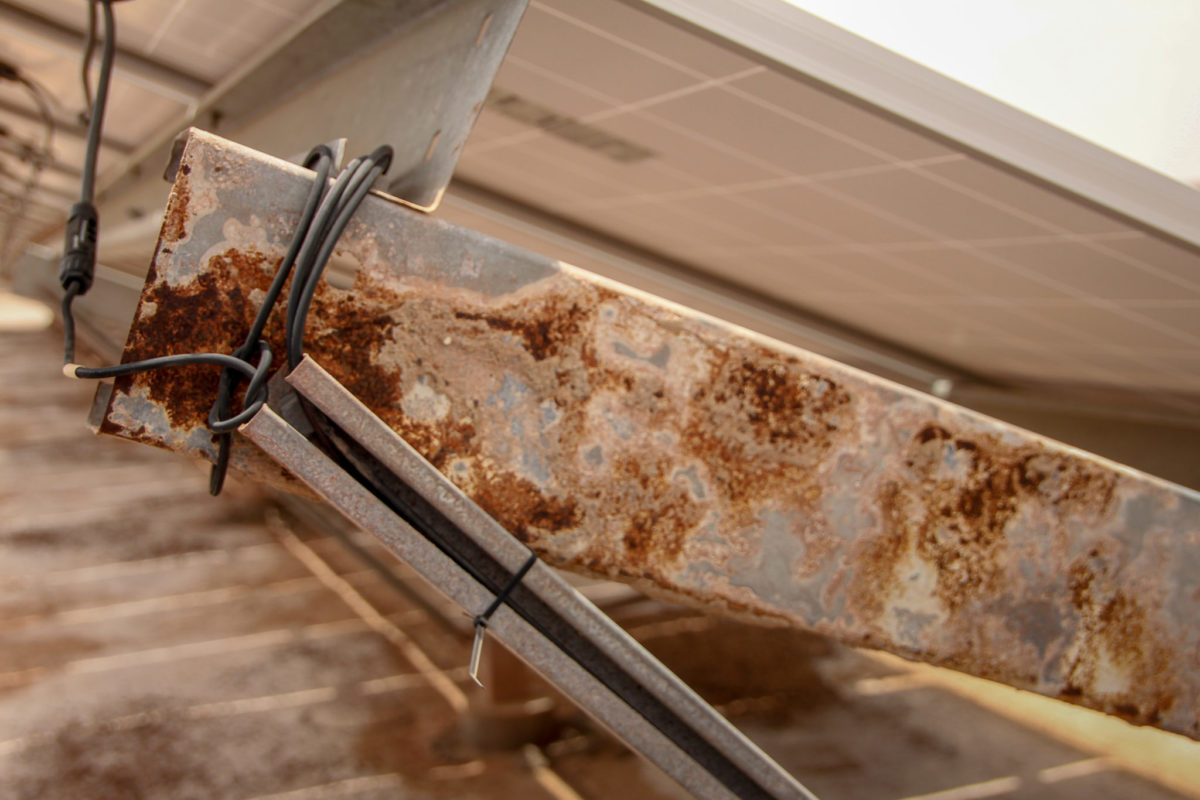
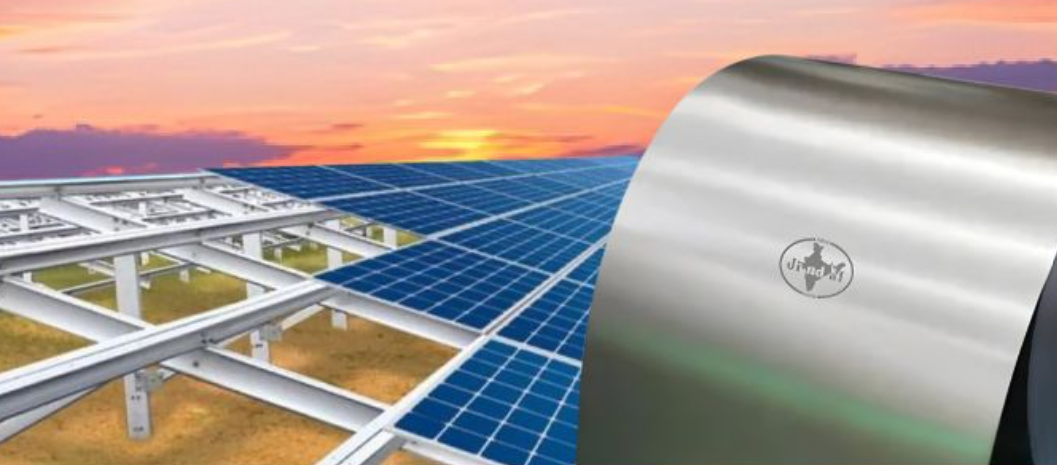



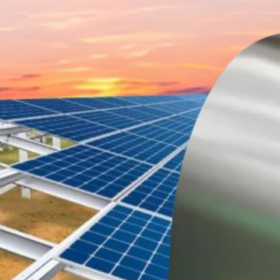
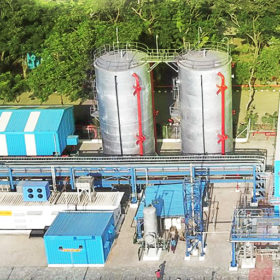
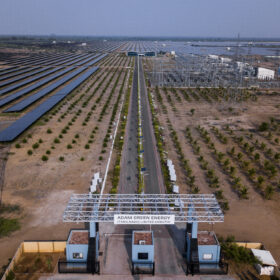
By submitting this form you agree to pv magazine using your data for the purposes of publishing your comment.
Your personal data will only be disclosed or otherwise transmitted to third parties for the purposes of spam filtering or if this is necessary for technical maintenance of the website. Any other transfer to third parties will not take place unless this is justified on the basis of applicable data protection regulations or if pv magazine is legally obliged to do so.
You may revoke this consent at any time with effect for the future, in which case your personal data will be deleted immediately. Otherwise, your data will be deleted if pv magazine has processed your request or the purpose of data storage is fulfilled.
Further information on data privacy can be found in our Data Protection Policy.